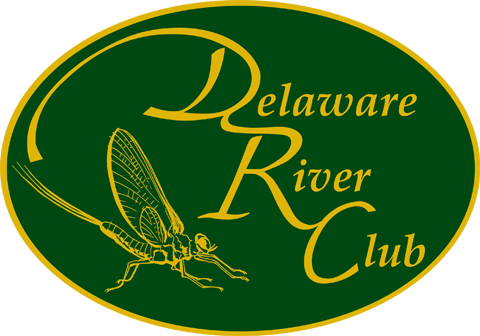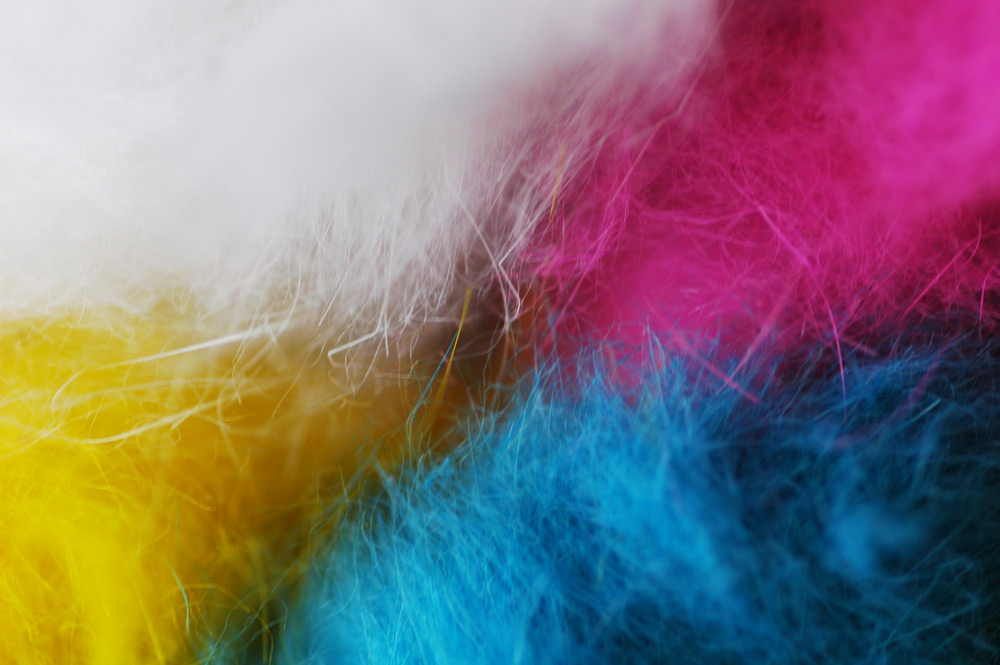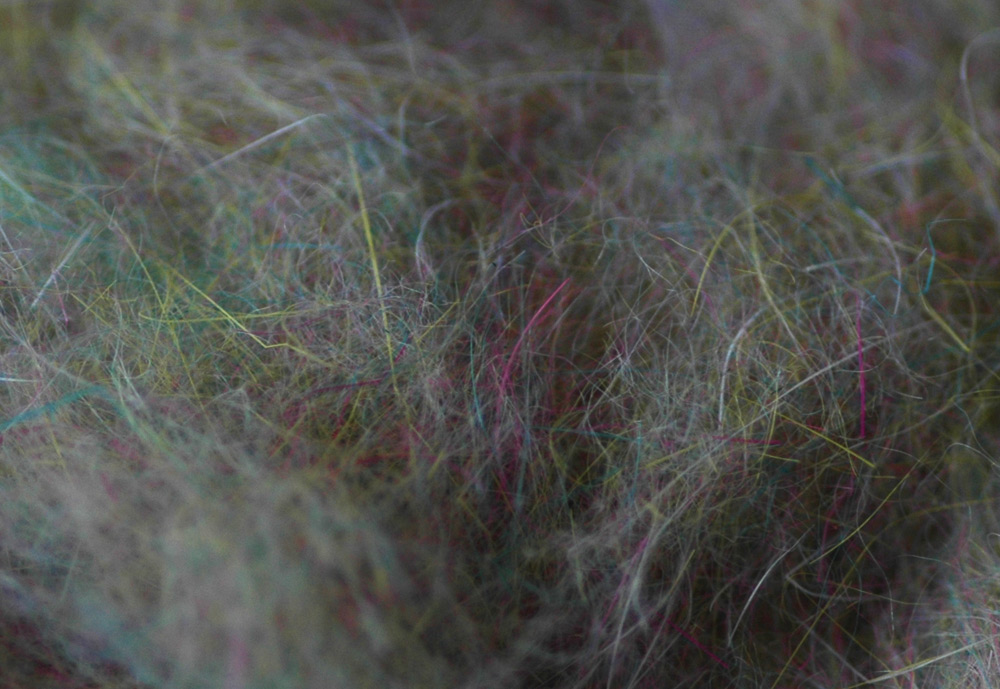The idea behind the creation of Spectrumized (i.e. mixed multi-color) Dubbing is based on an interesting property of “solid” color in nature: there is actually no such thing. For example take the greenest grass snake, or even the blackest ant, and if you look close enough you will see their scales and bodies are comprised of bits of blue and yellow, red and brown, mixed together to form an overall appearance of a single hue. The application of this for fly-fishing was recognized by Bob Nastasi and Al Caucci in the late 1970s, and was put forth in The Fly-Tyer’s Color Guide, published in 1978.
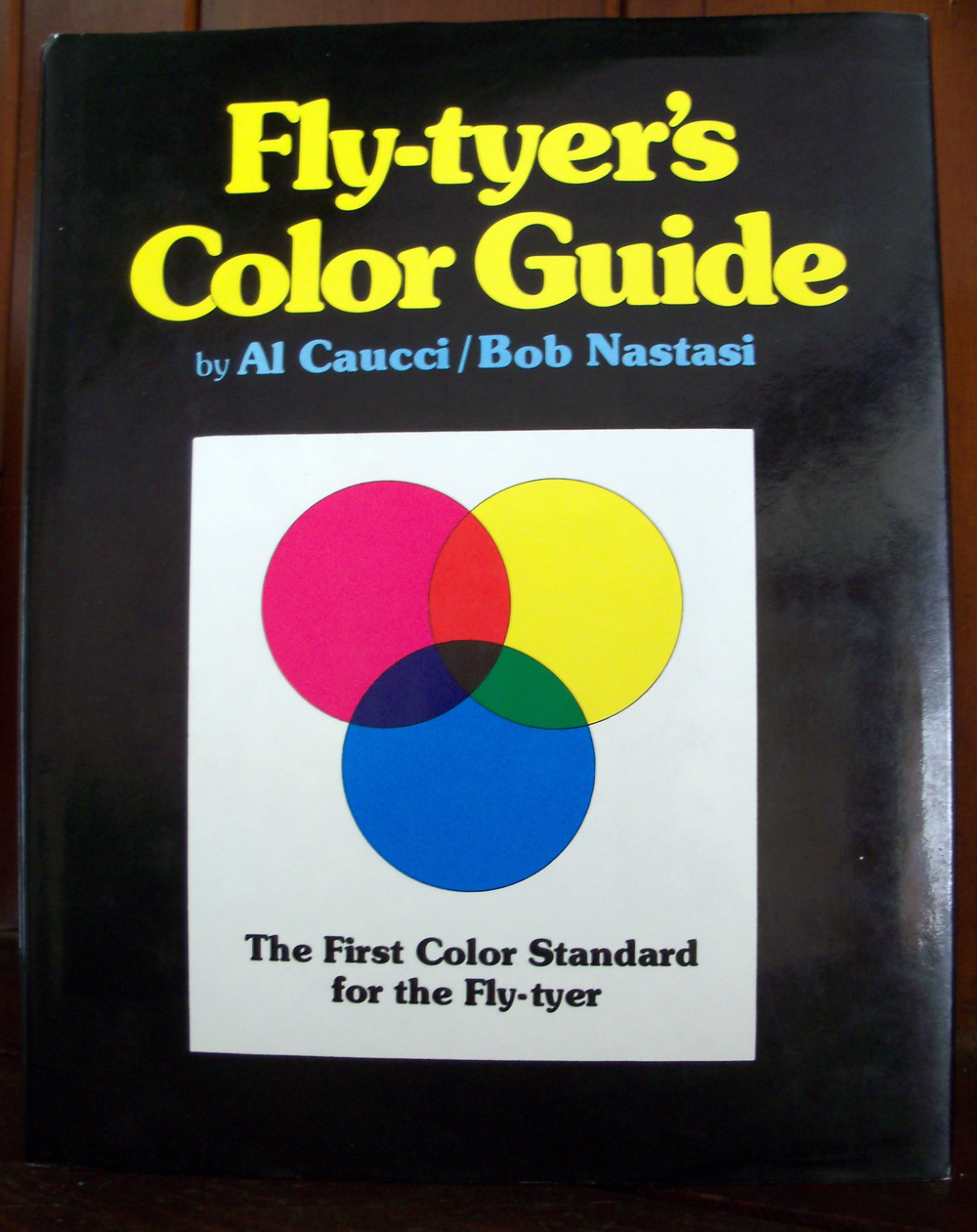
A very technical and scientific overview of both color as a whole, and how it pertains to fly tying. Photo: Bart Larmouth
While the book goes into serious complexities, the overall general idea of spectrumized dubbing is fairly simple. It starts with four “primary” colors: Cyan (blue), Magenta (pink), Yellow, and White.
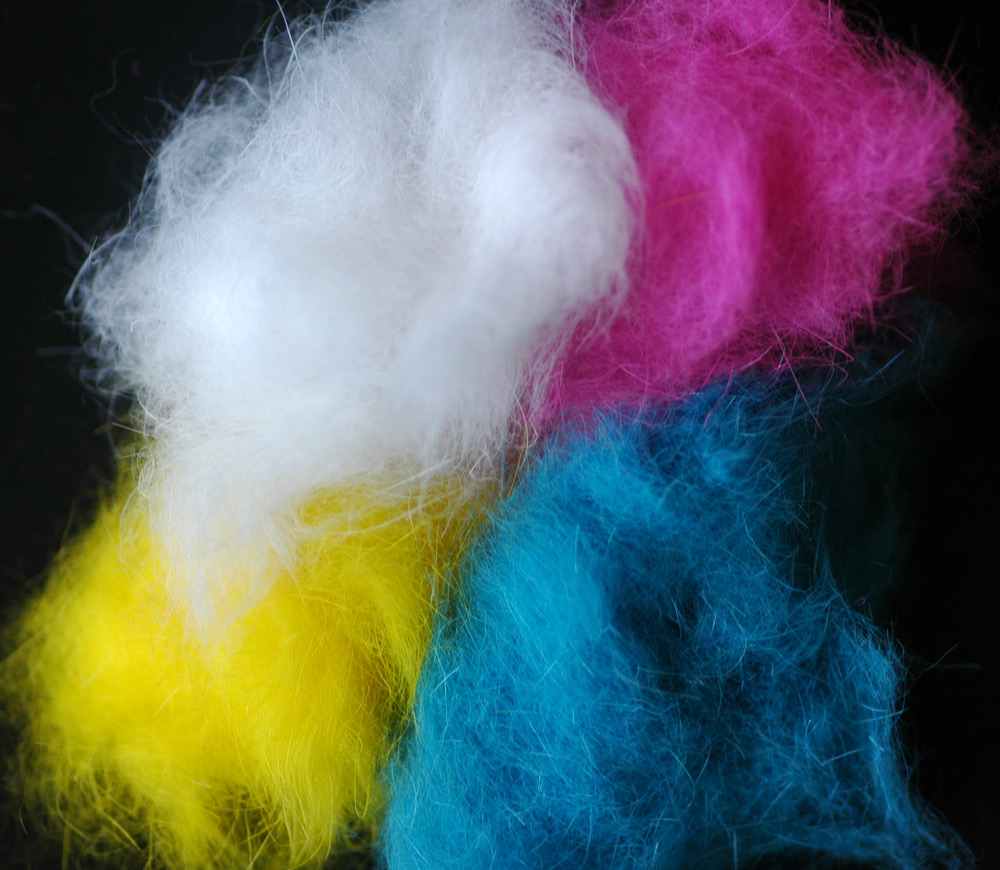
These are made by dyeing and / or bleaching rabbit fur to get the required hue. Photo: Bart Larmouth
These are comprised of thousands upon thousands of individual hairs:
An appropriate ratio of these four primaries is determined to achieve a desired color, and then these amounts are mixed/blended, to create the 16 basic Caucci-Nastasi dubbing colors. Below are two examples:
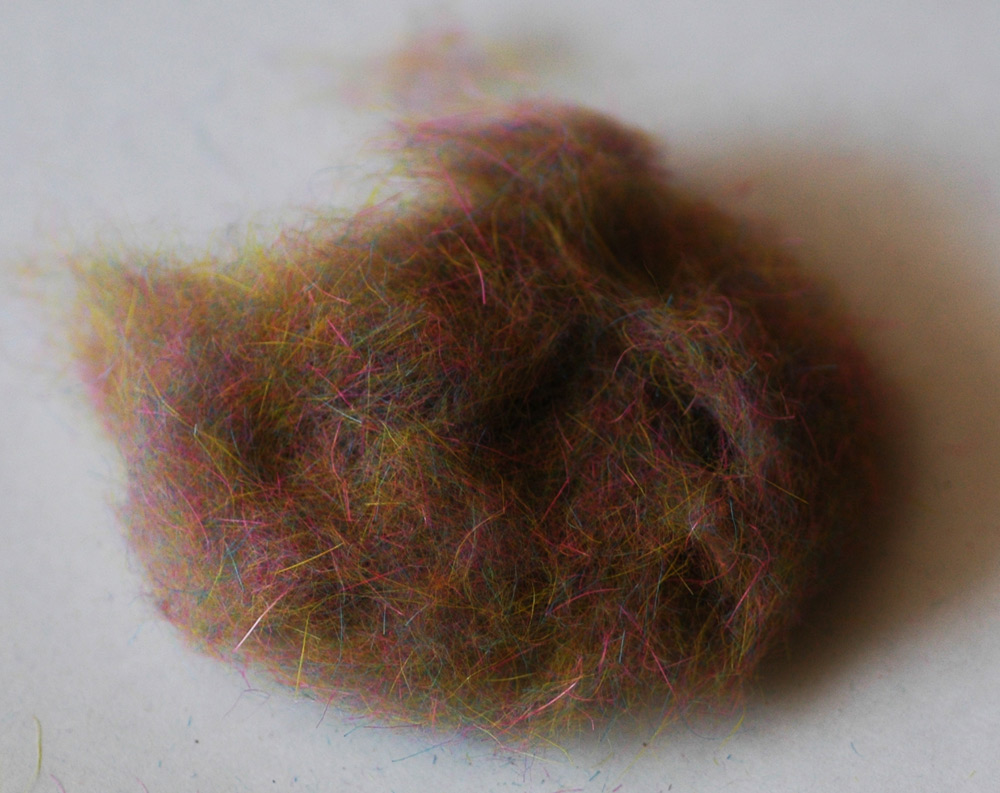
This is a piece of our Charcoal Specrumized dubbing, typically used for Ants, caddis, and Tricos. Photo: Bart Larmouth
Notice how at distance, as well as in the shadow of the picture, some small pockets of color can be seen but the dubbing on the whole is quite dark, with an overall black/brown hue. A close up view reveals how this is not the case:
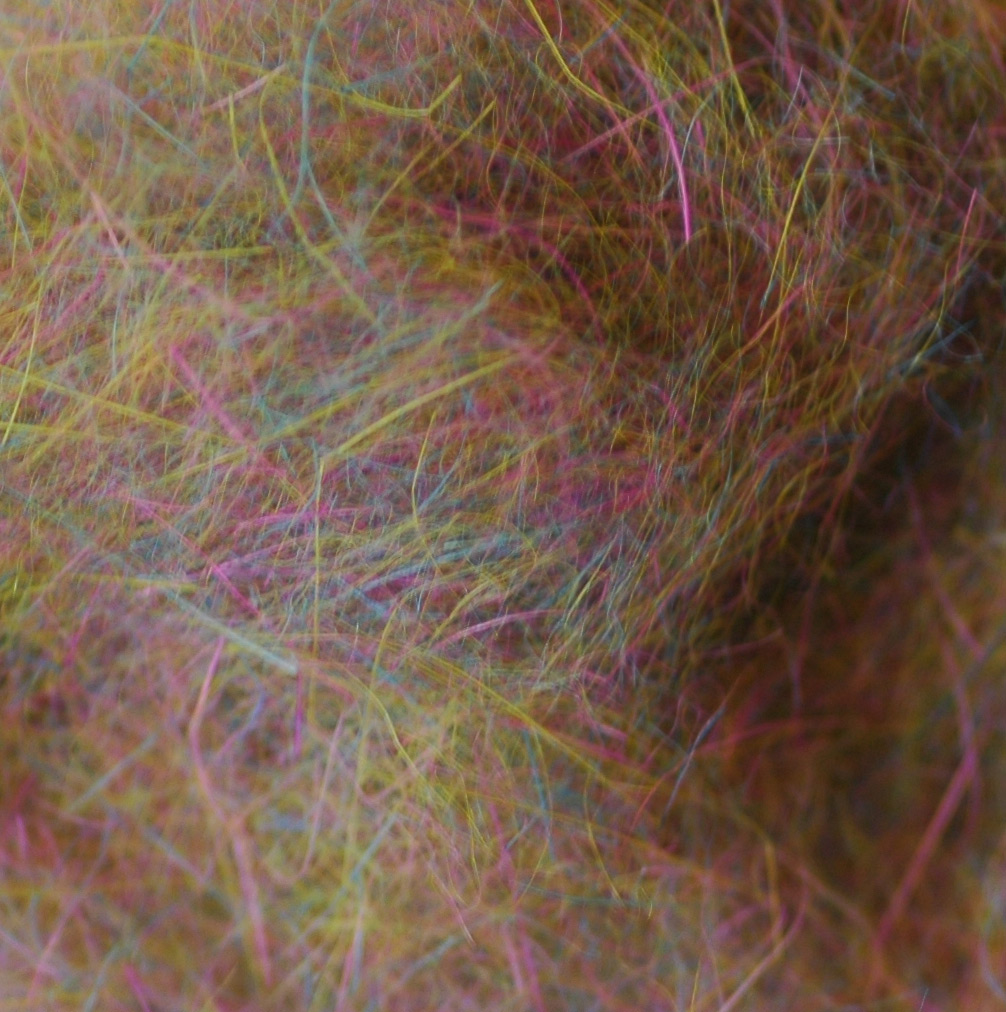
Very little white is used in this mix, while there are good amounts of Magenta, Cyan, and Yellow, visible here. Photo: Bart Larmouth
One of our most popular colors is Mahogany Brown, typically used for tying Isonychia patterns. A common question when customers look at the dubbing both in the packet and on the fly is, “Isn’t it too light?”
One of the most overlooked ideas in fly tying is what happens to your fly when it gets wet. Natural materials (like the rabbit fur above) absorbs water, making it markedly darker once out on the river. Many tyers don’t take this into consideration at the vise, and while they fly may look the perfect color in the vice, as soon as they hit the water and fish it, the dubbing they use ends up being much too dark to properly imitate the actual insect. As such, all of the Caucci-Nastasi Spectrumized dubbings are designed to be their labeled / proper colors WHEN WET.
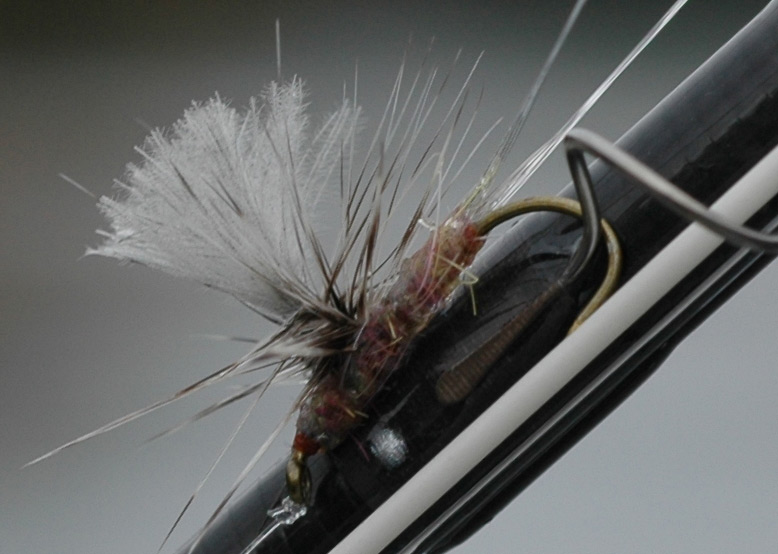
This Iso Parachute is using the exact same mahogany dubbing found in the picture above. Note its color now! Photo: Jeff White
This may seem like a minor item when it comes to flies, but here on the technical waters of the Delaware, color can very easily be a make or break factor in catching that big rising fish.
